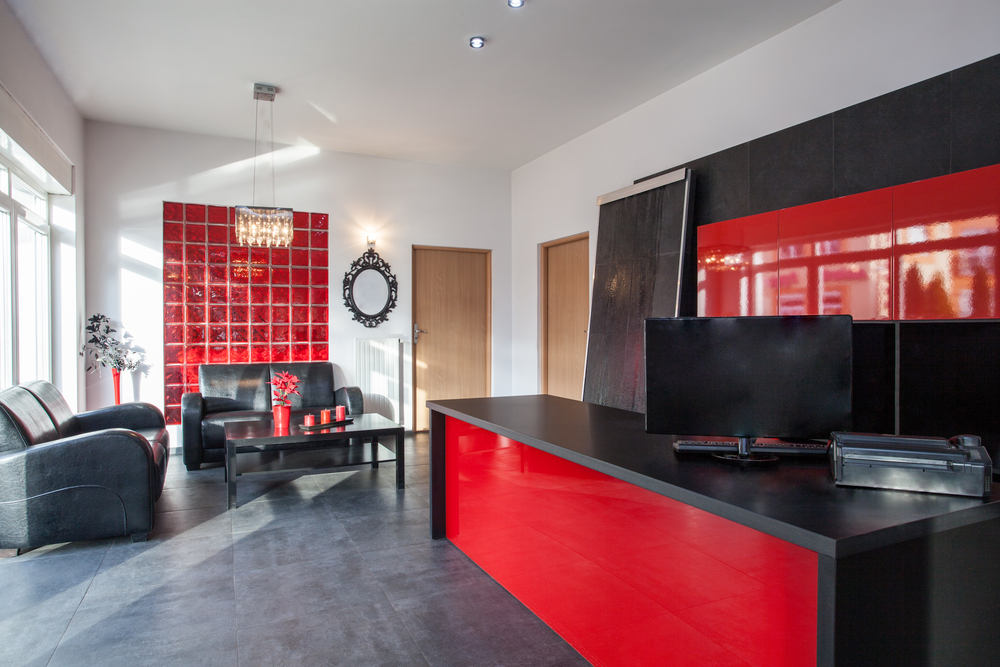You’ve picked your location, and you’re ready to start looking at space. Now, ask yourself: what do I want out of my space? Are you looking to reinforce your brand through custom design? Or are you looking to open up shop as quickly as possible?
No matter what requirements your company’s culture and the stage of its development dictate, you’ll benefit enormously from understanding the different types of space that are available.
Space is commonly delivered in one of three conditions, and each type has unique advantages and disadvantages. To help you navigate this complex and essential step in the real estate planning process, here is a short guide to the advantages and disadvantages of each kind of space. With this overview, you will be well-equipped to determine what kind of space best fits your company.
Built Space
This space is either pre-built by the landlord or left behind by the previous tenant. It is essentially ready for you right away, but it’s also onerous to modify.
Advantages:
-
The space doesn’t require major adjustments, so you can move in quickly.
-
Often you’ll achieve the most flexible term by leasing built space.
-
In many cases, the space merely needs to be wired and furnished; then it’s ready for occupancy.
-
For the most part, it eliminates the responsibility of overseeing a custom build out.
Disadvantages:
-
Demand for built space is very high.
-
You might search forever without finding built space that perfectly fits your needs.
-
Landlords sometimes charge a premium for the ease of access that built space provides.
-
It can be difficult to make major modifications.
-
If you do make modifications, you might need to restore the space to its original arrangement before moving out.
White-Boxed
This space looks just like it sounds. The behind-the-scenes basics are done—slab has been poured and electrical and plumbing have been installed—but to the eye this space is simply a box with clean, white walls. If you want to customize your space, but you are not anticipating making structural changes, then this blank canvass space will provide you with ample design flexibility.
Advantages:
-
Typically, the rough construction has already been completed.
-
Tenant can dictate the aesthetic of the space’s interior finishes.
-
Leasing white-box space often offers you more term flexibility than raw space.
-
Less costly than building out raw space.
Disadvantages:
-
The pre-installed plumbing and electrical can limit your space layout options.
-
Landlords usually do not allow tenants to cut through the completed slab, restricting your design options.
Raw
This space is demolished and needs to be entirely rebuilt. If you have a commanding vision for your space and the time (and expertise) to realize this idea, raw space could be perfect for you.
Advantages:
-
Provides the highest level of customization; you can design layout and finishes with few limitations.
-
You can often negotiate to receive more Tenant Improvement capital, since the landlord has not spent any money building out the space.
-
If you desire an industrial or edgy aesthetic, this stripped-down, unconstructed space will cut down on your costs.
Disadvantages:
-
Completing the significant construction associated with this space type results in a long move-in period.
-
Delivered to the tenant without rough construction completed (e.g., electrical, plumbing, flooring and sub-finishes).
-
Requires the highest degree of oversight and attention.
-
Tenant typically receives the least term flexibility when acquiring raw space.

